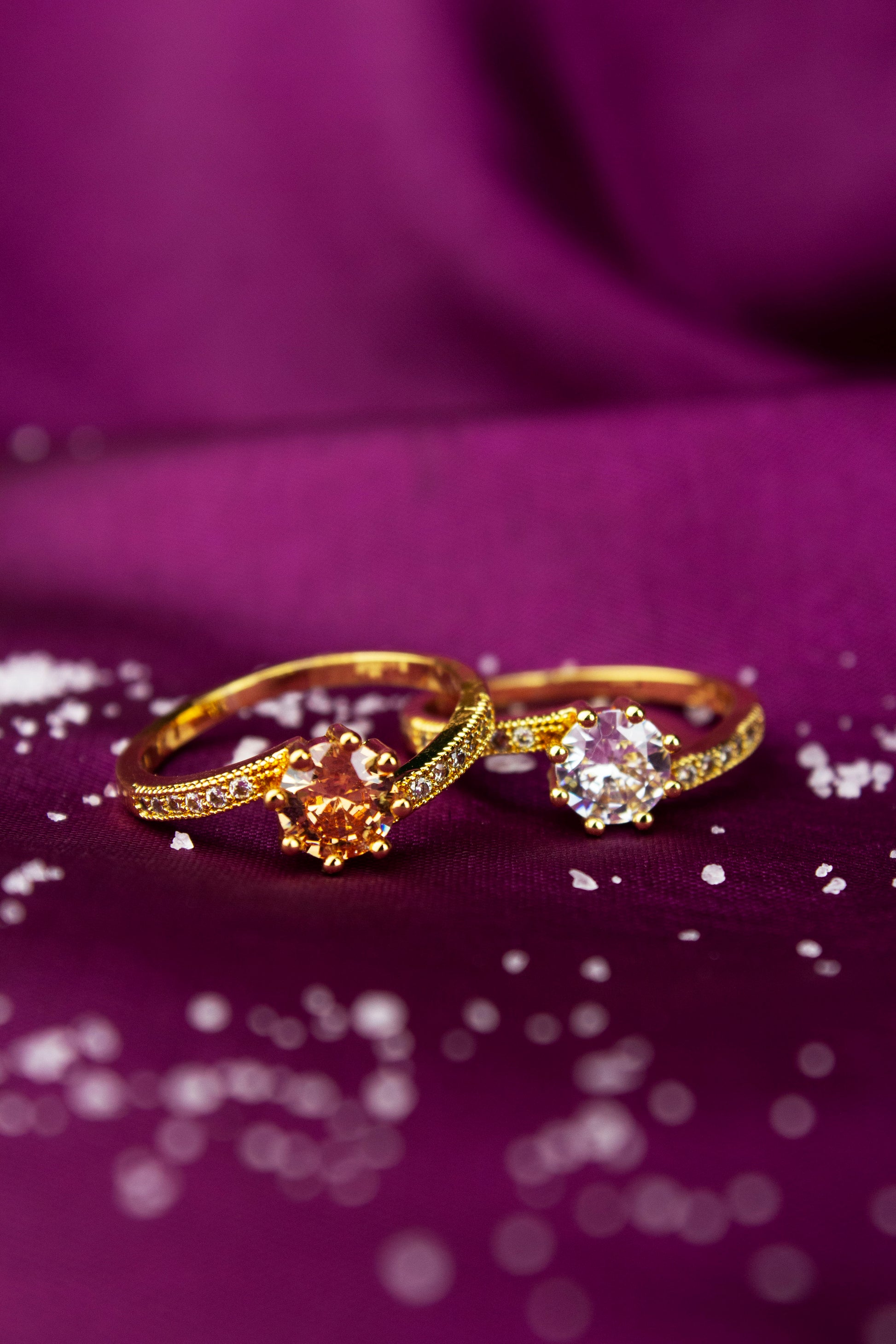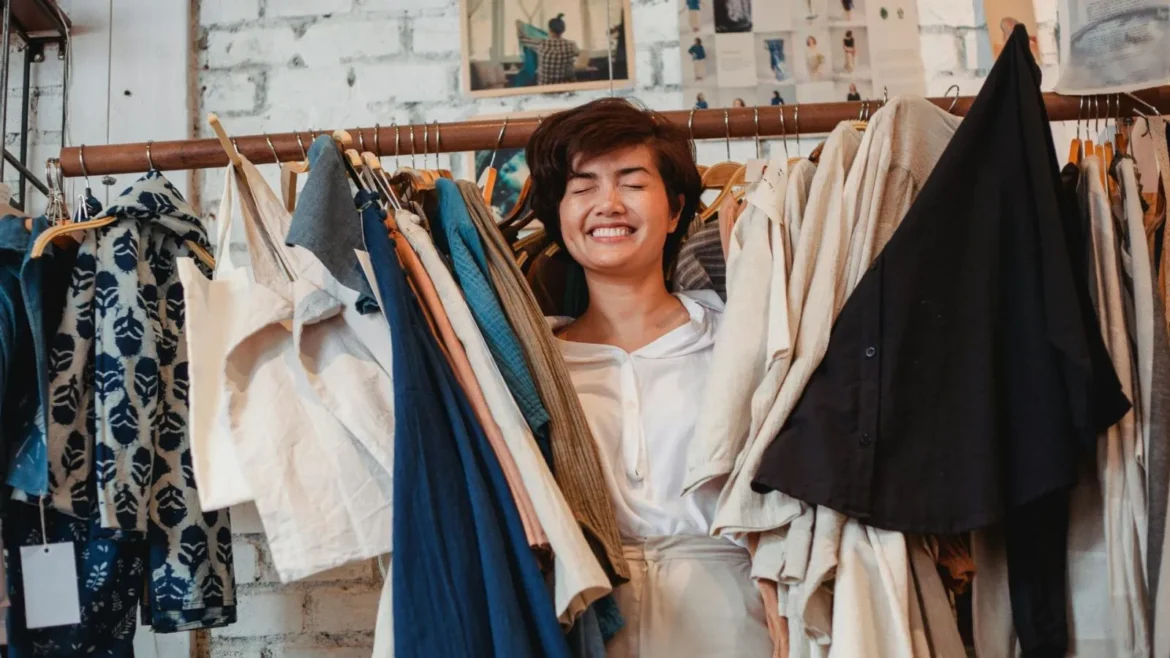Table of Contents
What is Personal Style?
Personal style is the unique way in which you express yourself through clothing, accessories, hair, makeup, and even attitude. It’s a combination of your preferences, lifestyle, and how you want to present yourself to the world. Personal style is not about blindly following trends, but rather about embracing what makes you feel comfortable, confident, and authentic.
Some people have a very distinct style that’s easy to recognize, while others may mix and match different aesthetics. Whether you’re drawn to minimalist pieces, bold patterns, vintage finds, or streetwear, your personal style is an evolving expression of your identity.
Why is Personal Style Important?
1. Self-Expression
Your style is one of the easiest ways to express who you are. Whether you prefer bold and dramatic outfits or more understated looks, the clothing you wear tells a story about your personality, interests, and values. Embracing your personal style allows you to communicate a message to the world without saying a word.
2. Boosts Confidence
When you dress in a way that feels true to you, it can significantly boost your self-esteem and confidence. Personal style isn’t about fitting into a mold; it’s about feeling comfortable and empowered in your own skin. Wearing clothes that make you feel good gives you the confidence to take on the world.
3. Timeless Fashion Choices
Personal style allows you to invest in pieces that you truly love, rather than chasing fleeting trends. With a well-defined style, you’ll be able to curate a wardrobe filled with timeless, versatile pieces that never go out of style. This can help you build a long-lasting and sustainable wardrobe.
4. Saves Time and Money
When you know your personal style, you are less likely to make impulse buys based on current trends or sales. Instead, you can focus on purchasing pieces that will truly complement your wardrobe and lifestyle, saving both time and money in the long run.
5. Creates Consistency
A strong personal style creates consistency in your wardrobe. When you know what works for you and what doesn’t, it’s easier to put together outfits quickly and effortlessly. Consistency in your style also makes it easier to mix and match pieces to create a variety of looks without overcomplicating things.
How to Find Your Personal Style
Finding your personal style can be an exciting journey of self-discovery. It may take time, but the key is to remain patient and open to experimenting. Here are some steps to help you find your personal style:
1. Look to Your Inspiration
Start by looking at the fashion icons, celebrities, or even influencers whose style you admire. Pay attention to what they wear, the cuts, colors, and patterns they gravitate toward, and how they accessorize their looks. This can give you a starting point to understand what resonates with you.
You can also explore fashion blogs, Pinterest boards, or Instagram to create a visual mood board of looks and outfits you love. This process can help you spot patterns and themes in the types of clothing that appeal to you.
2. Reflect on Your Lifestyle
Your personal style should be a reflection of your lifestyle. Consider what types of activities you engage in on a daily basis. Are you often at the office? Do you prefer a more laid-back, casual look? Are you an active person who needs practical clothing? Your wardrobe should align with your daily routine and needs.
For example, if you work in a creative field, you may want to explore more bold or artistic choices, whereas if you have a more corporate job, you might lean toward a sleek and professional style.
3. Evaluate Your Wardrobe
Take stock of what you already own. Go through your closet and pick out the pieces you wear the most. What colors and cuts do you gravitate toward? What do these pieces have in common? Is there a certain look or vibe that you always feel most comfortable in? These questions will help you identify your current style tendencies and give you a better idea of where to go next.
4. Experiment with Different Styles
It’s okay to experiment and try different looks until you find something that resonates. If you’re unsure where to start, try blending different styles to see what feels best. You might find that you like a mix of minimalist, boho, and streetwear styles, or that you gravitate toward classic, elegant pieces with a touch of edgy accessories. Fashion is a playground for creativity!
You can also try new trends, but instead of jumping on every bandwagon, choose the ones that align with your personal style and enhance your existing wardrobe.
5. Pay Attention to Fit and Comfort
No matter what style you’re aiming for, fit and comfort are key. Your https://thefashionblog.co.uk/ should make you feel good in your clothes. You should feel comfortable moving around and confident when you wear them. The right fit can make all the difference in how an outfit looks and feels, so don’t be afraid to invest in tailoring if needed.
6. Create a Capsule Wardrobe
Once you’ve discovered your style, consider building a capsule wardrobe. This is a collection of versatile, timeless pieces that you can mix and match. A capsule wardrobe focuses on quality over quantity and helps eliminate decision fatigue when choosing what to wear. Your capsule wardrobe will consist of staples that are aligned with your personal style and can be worn in various ways to create different looks.
Key Elements of Personal Style
1. Colors
Your color palette is one of the most defining aspects of your personal style. Are you drawn to earthy tones like olive, camel, and rust? Or do you prefer bright, bold hues like red, turquoise, and yellow? Your colors can also be influenced by your skin tone, hair color, and personal preferences. Stick to a color palette that flatters you and feels natural for your lifestyle.
2. Silhouettes
Silhouettes refer to the overall shape of your clothing. Some people may prefer tailored, structured pieces like blazers and fitted trousers, while others may gravitate toward looser, flowy garments like oversized sweaters and wide-leg pants. Find silhouettes that enhance your body shape and make you feel comfortable and confident.
3. Textures and Fabrics
Textures and fabrics add dimension and interest to your wardrobe. Think about how certain fabrics make you feel. Do you like the luxurious feel of silk, the coziness of wool, or the breathability of cotton? Mixing textures, like pairing leather with silk or denim with cashmere, can create dynamic outfits that reflect your style.
4. Accessories
Accessories are a great way to elevate and personalize an outfit. Whether it’s a statement necklace, a classic watch, or a bold pair of sunglasses, accessories can make a big impact on your overall look. Choose accessories that reflect your personality and complement your clothing choices.
5. Footwear
Shoes are an essential part of any personal style. From sleek heels and classic loafers to sneakers and boots, the type of footwear you wear can greatly influence the mood of your outfit. Invest in a few key pairs that fit your personal style and work with the majority of your wardrobe.
6. Hair and Makeup
Your hair and makeup can also enhance your personal style. Whether you prefer a minimalist beauty routine or enjoy experimenting with bold makeup looks, your beauty choices should complement your overall fashion aesthetic. Your hairstyle, too, can say a lot about your personality and style.
How to Evolve Your Personal Style
Personal style is not a fixed concept—it evolves over time as your tastes, body, and lifestyle change. Here are a few tips for maintaining and evolving your personal style:
1. Stay Open to Change
As you grow, your style may shift. Embrace the changes and evolve with your preferences. Experiment with new trends or reintegrate pieces you loved in the past to keep things fresh.
2. Don’t Be Afraid to Step Out of Your Comfort Zone
While it’s essential to stay true to your style, sometimes stepping out of your comfort zone can lead to exciting discoveries. Try incorporating a new color, silhouette, or accessory into your wardrobe to keep things interesting.
3. Focus on Quality, Not Quantity
As your style evolves, invest in fewer but higher-quality pieces. Build a wardrobe that will stand the test of time and wear, and prioritize durability and craftsmanship.
4. Incorporate Seasonal Changes
Your personal style may naturally evolve with the seasons. As you transition from summer to fall or from winter to spring, experiment with incorporating season-appropriate textures, colors, and layers into your look.
Conclusion
Personal style is a unique expression of who you are. It’s about embracing the clothing and accessories that make you feel confident, comfortable, and true to yourself. By reflecting on your lifestyle, experimenting with different looks, and paying attention to fit, color, and texture, you can define and cultivate a personal style that suits your personality and helps you feel empowered in your wardrobe. Remember, personal style is a journey—it’s about finding what works for you and embracing your individuality with pride!



